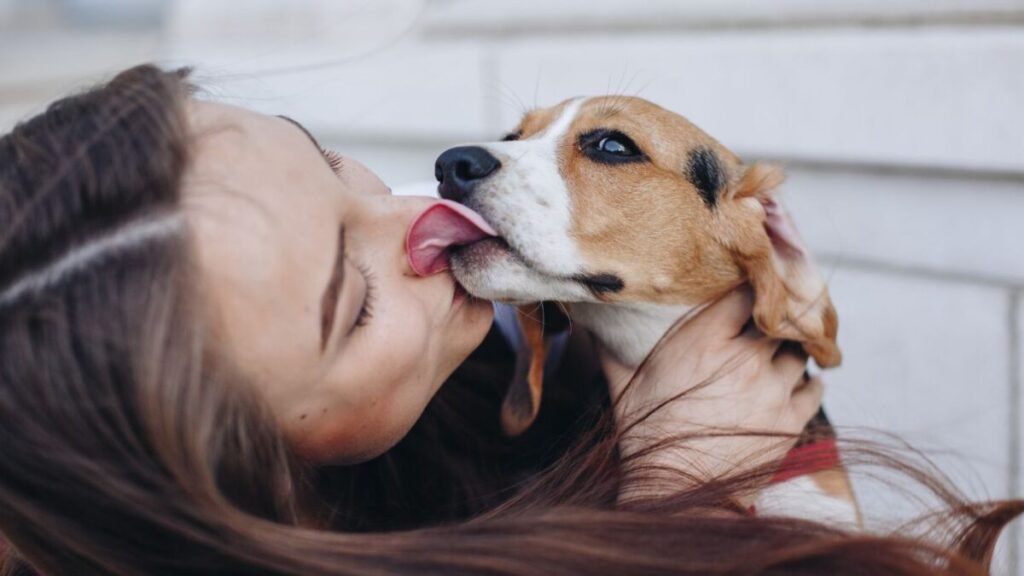Experts Uncover the Surprising Reason Why Your Dog Licks You

When a dog licks us, we often interpret it as a display of unconditional love. However, what may seem like a tender gesture to us can have a completely different meaning for them. Understanding the true language of dogs can transform our relationship with them and bring to light many signals that often go unnoticed.
## What your dog really wants to communicate
Many people believe that when their dog licks them, it is out of affection. This interpretation, though understandable, stems from a humanized view of animal behavior. We project our own feelings onto our pets, forgetting that they have their own language.
Canine educator Alba Fernández, specialized in animal behavior, maintains that licking does not always reflect love. In many cases, it is a sign of insecurity, stress, or the need to calm a situation. In other words, far from being an expression of affection, it can be a silent plea for help or containment.
This misunderstanding can deteriorate the bond between humans and dogs. If we do not recognize their real signals, we risk ignoring their emotional needs.
## Beyond affection: the hidden meaning of licking
It cannot be denied that, in certain contexts, dogs also lick out of affection. However, the context changes everything. Licking can vary in meaning depending on the dog’s emotional state, the environment, and the type of relationship with the person.
According to Fernández, a dog may lick as a way to seek reassurance, to pacify the environment, or to regulate themselves internally. If there is a lot of noise, sudden movements, or tension, the dog could use licking as an escape route or as a way to say “this is overwhelming.”
It can also occur in seemingly calm situations. For example, when we offer our hand for them to sniff and they lick it repeatedly, they could be feeling insecure or nervous, not showing affection.
## Body language: a key to understanding it all
Dogs do not speak, but they communicate with a wealth of gestures that we often overlook. To properly understand what they are telling us, we must look beyond the obvious. Does the dog only lick in specific situations? Do they do it with everyone or just with you? Does it happen when there is a lot of noise or when there are visitors?
If the licking is constant and does not respond to a specific situation, it could be a sign of anxiety. In the canine world, this behavior is known as a “calming signal,” a natural strategy they use to avoid conflicts or calm themselves down.
Recognizing these signals allows us to respond appropriately. A proper response strengthens the bond and avoids frustrations, both for the dog and for us.
One of the biggest mistakes humans make with their dogs is not paying attention to their body language. Alba Fernández points out that many behavior problems stem from this lack of understanding. Small gestures like yawning, licking their snout, turning their head, or shaking their body have specific meanings that we must learn to interpret.
For instance, a yawn is not always a sign of sleepiness; it often indicates stress. Licking their snout can reflect discomfort, and shaking can be a way to release emotional tension. Even lowering their ears and avoiding direct eye contact can be an expression of fear or an attempt to avoid conflict.
The key is constant observation. It is not about monitoring, but about paying conscious and respectful attention to their daily behavior. By doing so, we will not only be more connected with our dog but also gain a real understanding of their needs.
Our dogs try to communicate with us every day, but often we do not listen because we do not know how to. Learning to interpret their gestures, such as licking, is the first step to building a truly respectful, empathetic, and deep bond. Sometimes, a simple gesture holds a request that we cannot continue to ignore.






